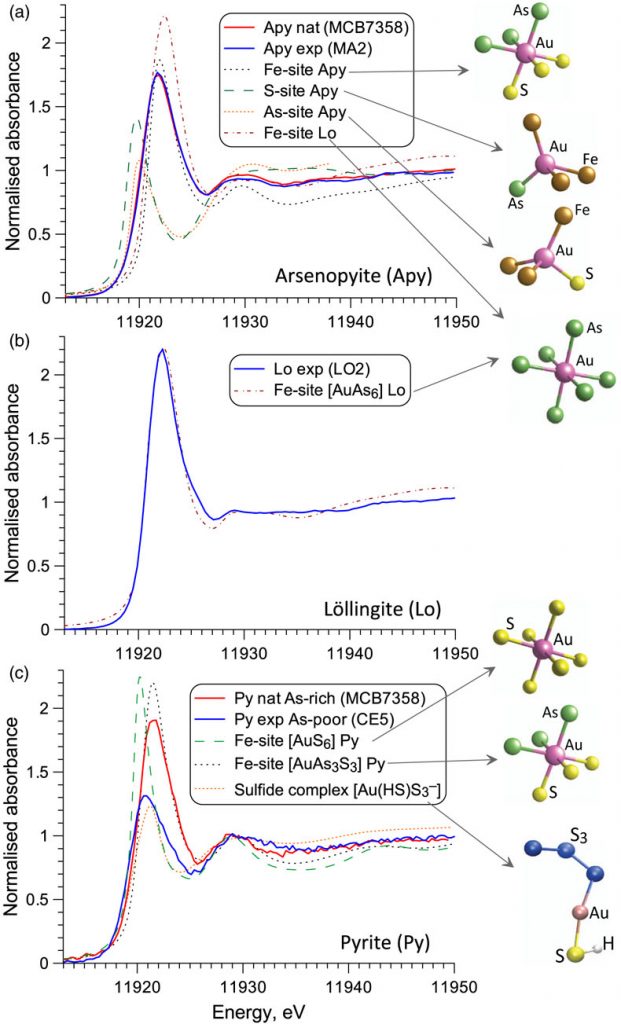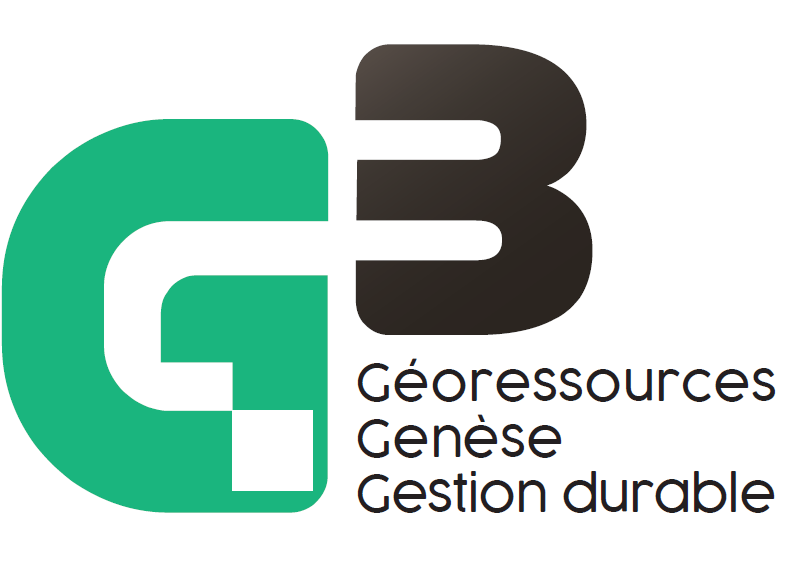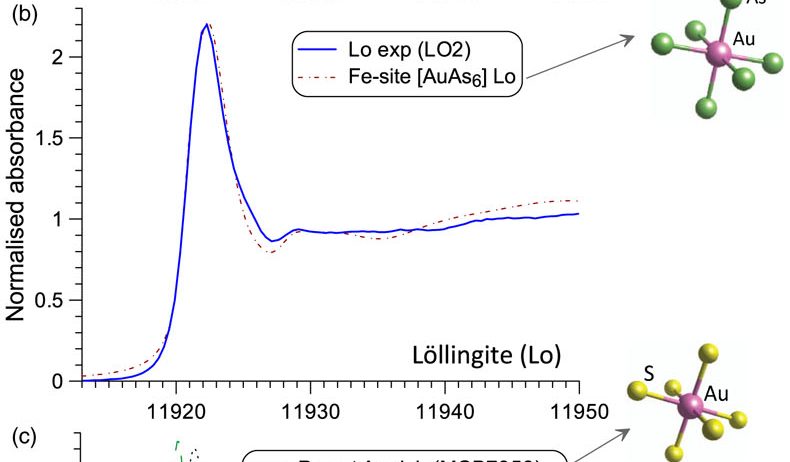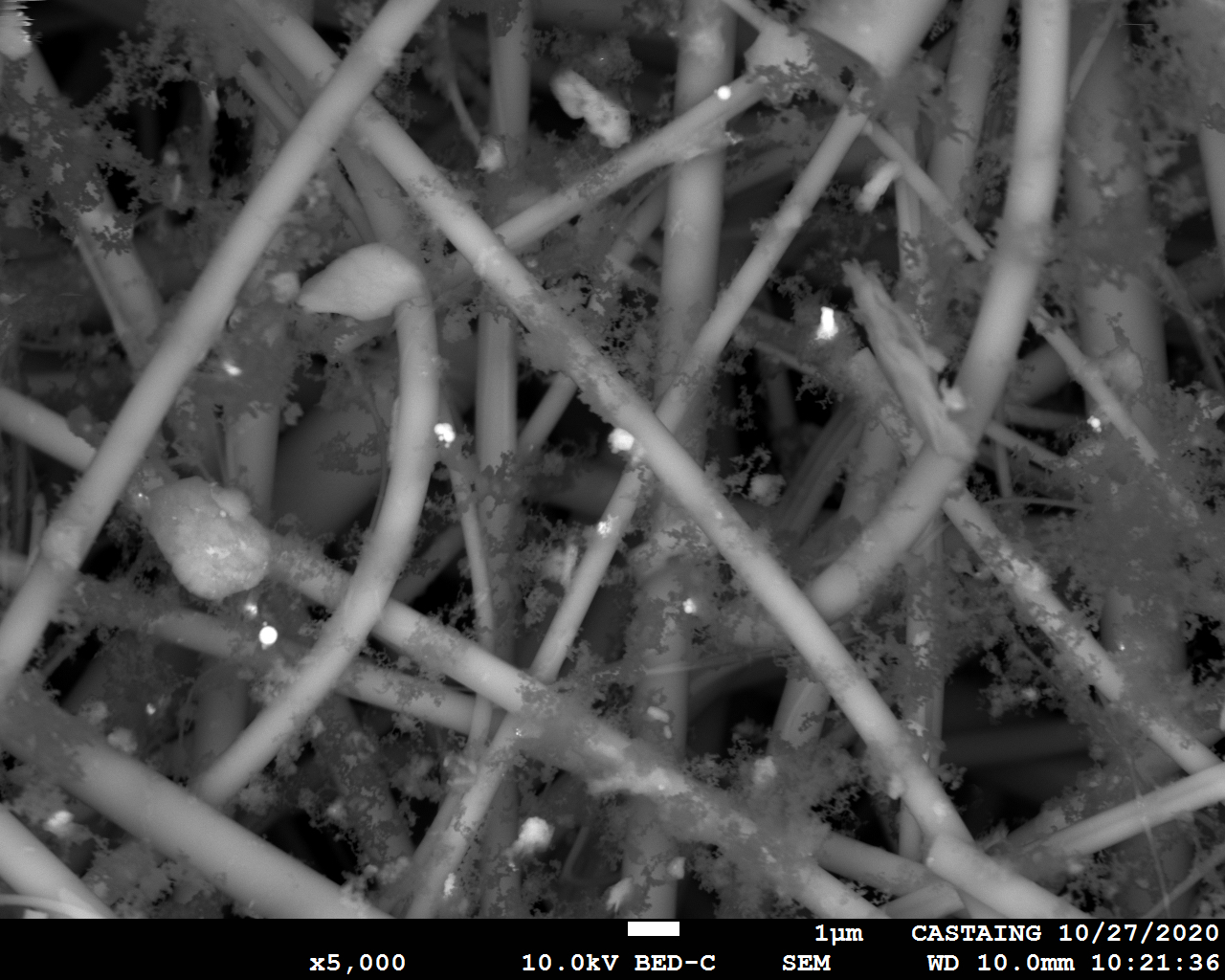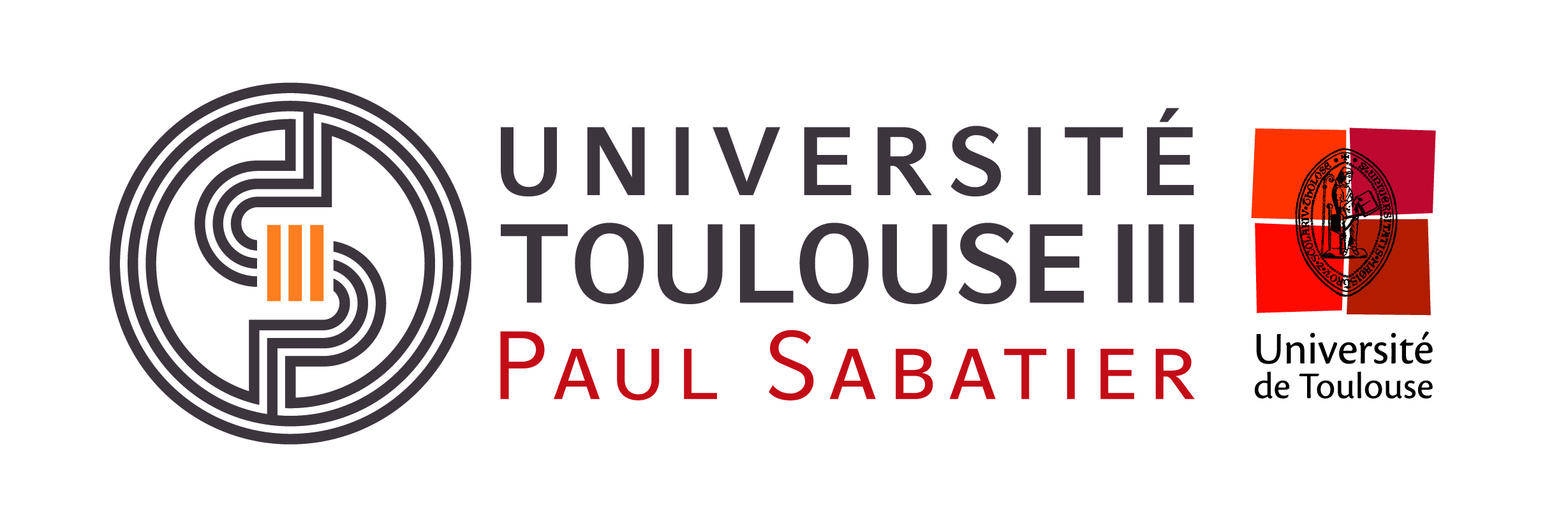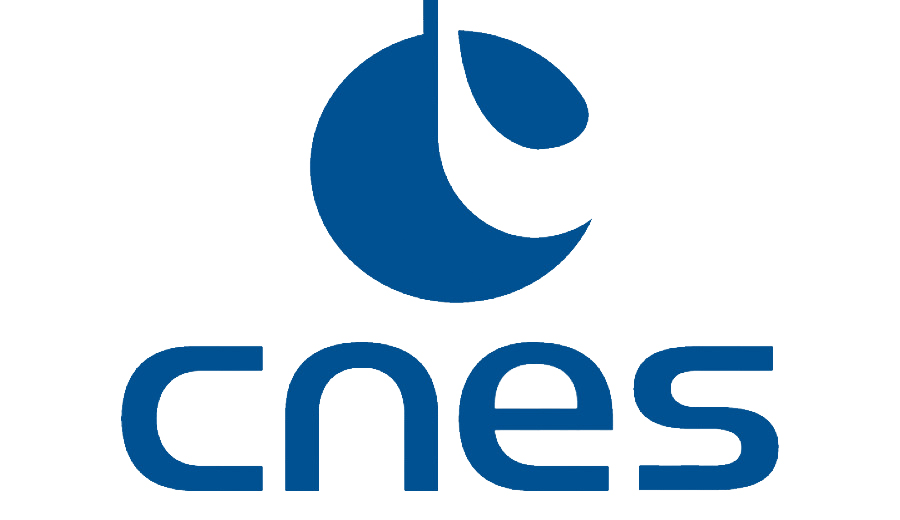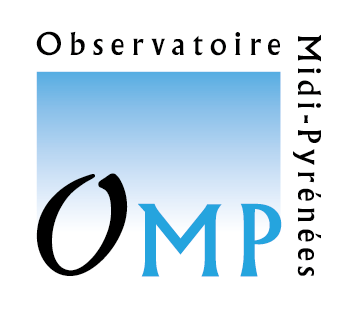An arsenic-driven pump for invisible gold
The paradigm behind uptake of invisible gold in As-rich pyrite finally explained – or: how gold uses fools’ gold for a free ride!
An arsenic-driven pump for invisible gold in hydrothermal systems
G.S. Pokrovski1, C. Escoda1, M. Blanchard1, D. Testemale2, J.-L. Hazemann2, S. Gouy1, M.A. Kokh1,8, M.-C. Boiron3, F. de Parseval1, T. Aigouy1, L. Menjot1, P. de Parseval1, O. Proux4, M. Rovezzi4, D. Béziat1, S. Salvi1, K. Kouzmanov5, T. Bartsch6, R. Pöttgen6, T. Doert7
Pyrite (FeS2), arsenopyrite (FeAsS) and löllingite (FeAs2) are exceptional gold concentrators on Earth; yet the exact redox and structural state of this “invisible” gold and the forces driving its intake and release by these minerals remain highly controversial. Here we applied high resolution X-ray absorption spectroscopy to Au-bearing pyrite and iron sulfarsenides from hydrothermal deposits and their synthetic analogues. We show that Au preferentially enters octahedral Fe structural sites [Au(As,S)6] enriched in As, by forming respectively [AuAs1–3S5–3], [AuAs3S3⋯AuAs6] and [AuAs6] atomic units in arsenian pyrite (>0.1–1.0 wt. % As), arsenopyrite and löllingite, implying a formal oxidation state of AuII in the minerals. In contrast, in As-poor pyrite, Au is dominantly chemisorbed as [AuIS2] moieties in much lower concentrations. Combined with experimental data on Au mineral-fluid partitioning, our findings imply a universal control exerted by arsenic on gold incorporation in iron sulfides and sulfarsenides via coupled Au-As redox reactions. These reactions account for the observed variations in invisible gold contents in the minerals from different hydrothermal deposit types and enable quantitative prediction of iron sulfarsenide ability in controlling gold concentration and distribution in hydrothermal systems.
